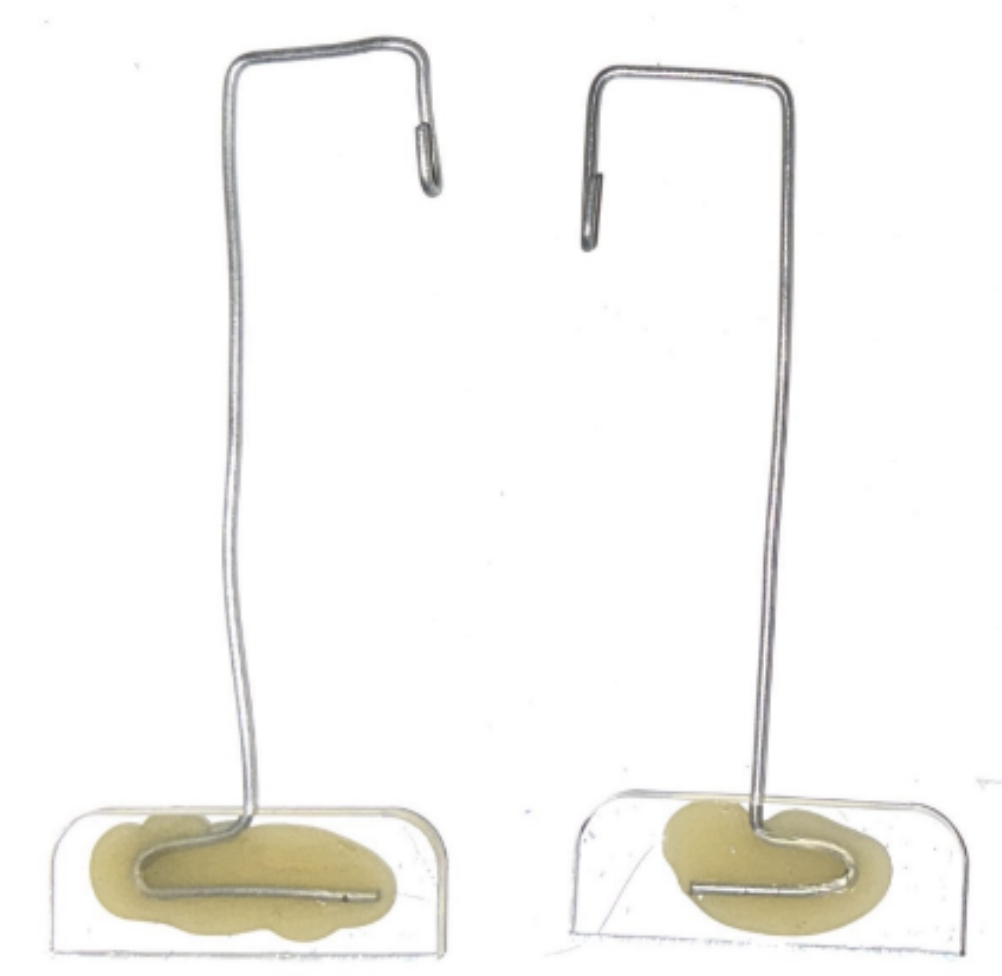Project Description
Project Description
Project Objectives
- Produce a duck boat with the given materials in the allotted timespan.
- Accomplish a working duck boat with an acceptable speed.
- Compete at the end of the time slot in a rubber duck relay.
Competition Details
Each team’s duck boat will be placed in a 6.5’ section of floating track, with each section next to each other. Teams will be racing to the center of the sections of the track while carrying a rubber duck. Once a team has reached the end of their section, they will be responsible for transferring using gripper tools the duck onto the next team’s boat. The side that completes the relay to the center wins the round. In addition, teams will be switched to an order of 2, 4, 6, 1, 3, 5 midway through the duck boat races.

Supplies
McKibben Muscles
- ¾” nylon braided sleeve
- Latex balloons
- Zip ties
- 60 mL plastic syringes
- 3/16” aquarium air hose
- #4 × 3/4" flat head Phillips wood screw
- #0 eye hooks
- DIAMETER dowel pin
- PLA filiament
Boat
- 2” insulation board
- ¼” Insulation board
- ¼” acrylic sheet
- Hot glue
- Duck tape
- 14-gauge galvanized steel wire
Equipment
- Laser cutter
- 3D printer
- Foam wire cutter
- Hot glue gun
- Scissors/box cutter
- Cutting board
- Screwdriver
- Pliers
Instructor Prep
Instructors must prepare several components to be used by students for this project.
McKibben Muscle
3D printed parts:
Each muscle requires one closed and one open muscle connector (2 pairs/boat). The muscle connector pieces are printed on 100% infill to ensure airtight seal. Once printed, each open muscle connector must be checked to ensure a proper air line connection, as small failures in the print can prevent proper attachment.
Braided sleeve:
Each section is cut at 4.5”. The hot wire cutter is used to precut the lengths of the nylon sleeve, ensuring fraying does not occur. After cutting, check to ensure the ends of the sleeve are open and have not melted shut. If so, you can cut it open along the seal.
Balloons:
The balloons for the muscles can be pre-cut by cutting a small hole at the top of the balloon. Optionally, the cut balloons can then be inserted into the nylon sleeve pieces, as well as the end muscle connectors fitted into the cut hole.
Syringes:
For the air system, each syringe should be drilled at the 60mL mark with a small hole. This hole accounts for any air losses through leakage. The end caps of each syringe are also drilled, which enables them to be directly connected to the tubing and allows for easy connecting and disconnecting with the syringe. Each tubing piece is 7ft long, although this can be varied to prevent losses when cutting from an ordered length of tubing.
Paddle and Hull
Paddle Axle Nails:
The axle nails as well as the paddle mount pieces are cut out of ¼” acrylic.
Wire Paddle Mount:
The wire paddle mount is also assembled by the instructors. First, bend a 9” piece of steel wire into the shape following the diagram below. Second, hot glue the end of the wire to the acrylic piece as seen below. Note the hot glue should entirely cover and surround the wire to ensure no possibility of detachment. All boats have 1 right and 1 left facing axle wire.

Hull:
The boat hulls are required to be cut out beforehand from the 2” foam insulation board. This can be done using a hot wire foam cutter pen and a laser cut wooden guide jig.
Once all parts are completed and materials assembled, small plastic bags with parts for each team can be compiled as according to the list below. Each bag should also have a card with the team number.
- 2 wire paddle mounts
- 2 Nylon braided sleeve sections
- 2 precut Latex balloons
- 4 Zip ties
- 4 wood screws
- 2 eye hooks
Instructors also give the following materials for each team.
- 1 boat hull
- 2 syringes
- 2 air lines
- 1 McKibben muscle instructions
- 1 foam paddle instructions
Room and Competition Set Up
- Instrutors should place a bucket of water in back of the room to help students
- Instructors should distribute instructions and all materials prior to activitiy
- Instructors should set up a water bucket in the back of the room large enough for the boat to paddle freely